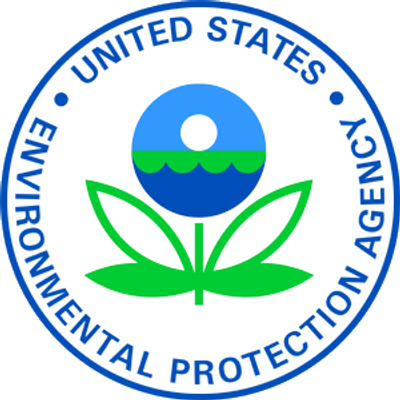Part 2 of 3 Parts (Please read Part 1 first)
One of the comments to the NRC on relaxation came in the form of a letter from Olav Christianson who manages a nuclear medicine practice in Pittsburgh. He said, “If hormesis is incorrect or only applies under certain circumstances, removing the ‘as low as reasonably achievable’ principle could result in a large number of excess cancers. Until we fully understand the health risks, we should continue to employ the most conservative approach.”
Mark Miller is one of the three petitioners from SARI. He worked at Sandia National Laboratories in Albuquerque, New Mexico which is one of three nuclear weapons design facilities. One of his duties was to protect workers from excess radiation exposure. He sent a letter to Scott Pruitt, the Director of the EPA. Miller commented that he believed that the campaign of the Trump administration to reduce government regulation might be interested in his idea of radiation hormesis. A month after his letter, Pruitt proposed that the EPA change its regulations to include the idea of radiation hormesis.
A second petitioner from SARI is named Carol Silber Marcus. She is a physician who specializes in nuclear medicine and a UCLA professor of radiology. At one time, she served on the NRC Advisory Committee on the Medical Use of Isotopes. She once told an interviewer that she worked as a consultant for lawyers defending clients against radiation overexposure claims and also consulted for radiological pharmaceutical companies. She published an article in 2016 in the journal Dose Response, a magazine created by believers in radiation hormesis to spread their ideas. She suggested that there should be a strike by organizations subject to the ALARA regulations to pressure the NRC to change its regulations. She has also said that she includes some radiobiology in her instruction to physicians and she tells them that the government is lying to them about low-does radiation exposure.
Mohan Doss is the third member of SARI that signed the petition. He is a medical physicist and a professor at the Fox Chase Cancer Center in Philadelphia, Pennsylvania. He believes that there are well established benefits of low-level radiation exposure. He said, “There’s plenty of evidence that shows that cancer risk goes down after people receive exposures to low levels of radiation. If radiation exposure standards were relaxed, it would result in important savings for the nuclear industry.”
Doss admits that when a person is exposed to a small amount of radiation, there is some cellular damage. He claims that this causes the cells to repair themselves and it also triggers the immune system. He says that the results in better overall health because the immune system is stronger. He also rejects the idea that children and fetuses are at any special risk from low-dose radiation because their immune systems are also strengthened.
These are serious credentialed experts with respect to the effects of radiation on health but their conclusions about radiation hormesis are not shared by the majority of the experts on radiation and health. These experts insist that even low doses of radiation that harm cells can cause uncontrolled cell growth and replication years later. They also insist that children and fetuses are especially vulnerable to such dangers. This has been the majority view of radiation damage for at least seventy years. Last April, the nonprofit National Council on Radiation Protection and Measurement (NCRPM) issued the results of a meta-study requested by the U.S. Congress and funded by the NRC.
Please read Part 3
